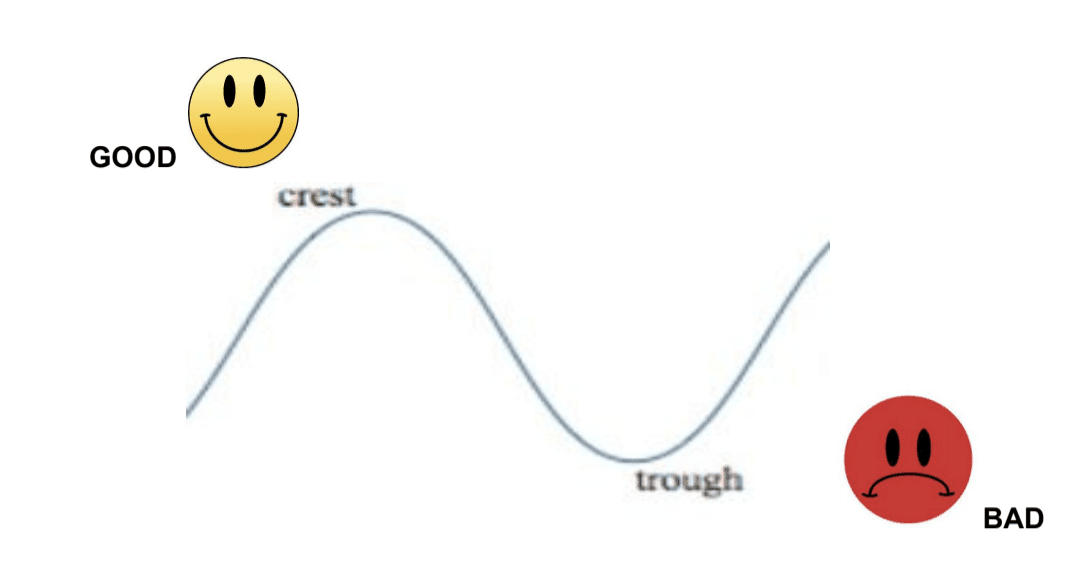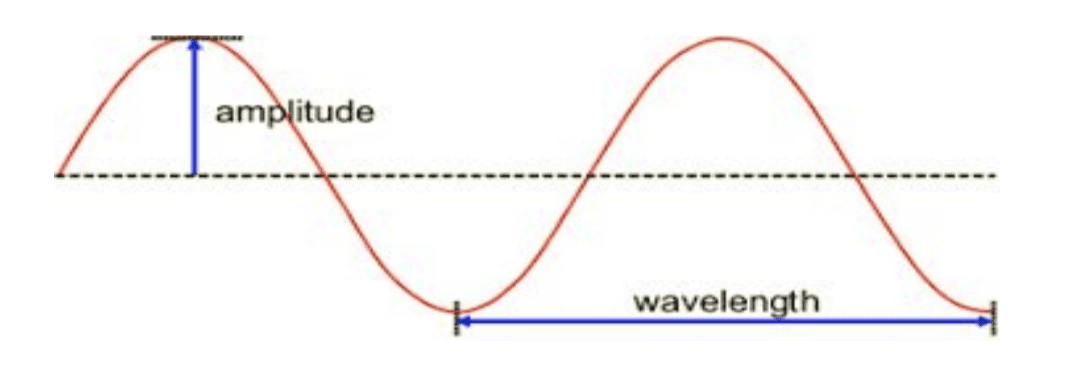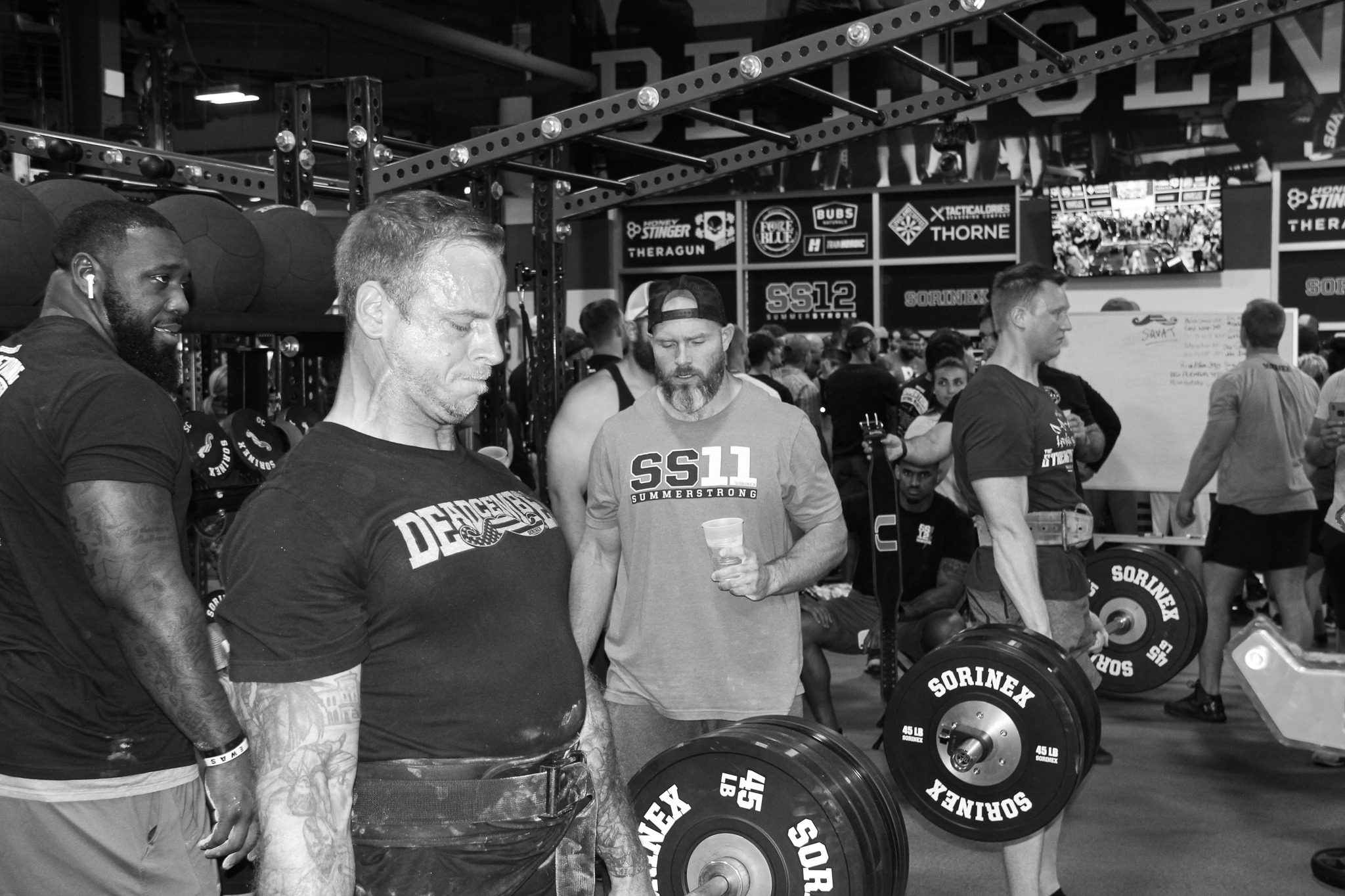Want to Win in the Weight Room? Optimize Your Energy.
Coach DevelopmentABOUT THE AUTHOR
6 min read

tim robinson
Tim is the archetypal coach. His father, a teacher, coached collegiate and high school football. Both of his uncles did the same. His older brother has been a head wrestling coach and is currently an assistant football coach. So, it wasn’t due to divine providence that for the better part of the last decade Tim was a collegiate football and strength and conditioning coach. From the junior college ranks to the PAC 12 Coach Rob garnered invaluable experience across nearly every level of collegiate competition. Now, Tim coaches up TrainHeroic’s invaluable network of coaches.
// Progress. Not perfection. Enhance your training by optimizing energy.
We see it plastered all over the world wide web or in athletic centers across the globe. “Enjoy the process” or “It’s all about the process.”
We all understand how essential goal setting is to progress. Setting goals (milestones as we refer to them here at TrainHeroic HQ) is a fundamental process and it keeps our athletes, clients, employees, managers, etc. focused and moving forward together. It is critical for any healthy organization and culture. After all, the overall objective will always be priority. However, setting long term goals (outside of the micro or mesocycle) cannot be the only motivation you have to drive growth in your athletes, clients or on your team. As coaches we understand that it is hard for athletes and clients to see or “feel” what is coming in the long run – they know they want it, but it’s difficult to show up everyday when there aren’t daily milestones in place to keep us on track.
Knowing that these things aren’t necessarily tangible at this present moment, how do we ensure that our athletes remain focused on the here and now? After all, goals are simply an accumulation of progress we will make from now until then, rep after rep, set after set. Without daily progress, it would be impossible to achieve any goal. So, how do we make this journey rewarding for our people? How do we keep them engaged, hungry, and moving in the right direction? How do we turn long term goals into actionable milestones for the now?
We talk about the Hero’s Journey all the time at TrainHeroic. Go figure! At the simplest level, the Hero’s Journey is the base layer for almost every piece of literature or screenplay ever written. It’s relatively robust yet simple at the same time. You can recognize it by watching any movie or reading one of your favorite stories. Check it out:

This isn’t all that different from what your athletes or clients are experiencing in their lives.
- A desire to be their best sets the individual out on their great adventure (training)
- They must break through their comfort zone to initiate change, from the known to the unknown
- They need a little help along the way which will require a mentor and that’s you, the coach
- They will face multiple challenges and temptations
- They will reach a low point / breaking point (from great depths we will rise to great heights)
- Their ability to push through will transform them for the better
- They will return to this “new normal” better than ever
I hope this looks familiar. It’s what most folks have come to know as the process. We could breakdown every step of the Hero’s Journey and correlate it directly to an athlete’s experience. I’m not going to do that for the sake of time and sanity.
// Success throughout the journey comes down to one thing: energy
Through all of this, it is the coach’s job, it is the leader’s duty to ensure that the athlete keeps coming back better than they were before. The journey is exhausting, sometimes it feels unfulfilling, and it is hard. I would argue that 75% of the battle is getting your people to show up with energy every single training session. Yes, there is science and instruction and cueing and coaching and programming and all of these (essentially) arbitrary measures. But what good are any of those things if your people are not excited to show up?
Connotation would tell us that the cresting portion of the wave (high point) is “good” and the trough section of the wave (low point) is “bad.”

Energy is a wave. It is comprised of a Crest and a Trough.
This isn’t the case however. Take away one piece, the trough or the crest, and you don’t have a wave at all. In order for the wave to crest, it must grow from the trough. For a trough to be formed the wave must first rise. Neither is positive and neither is negative. There is simply up and there is simply down. Once we can own this as coaches, and once our athletes can grasp this idea, it is easier to see or “feel” the journey and the opportunity that lays before us.
Your mission: to keep your people on the wave and keep them fighting! We do this by controlling the amplitude and the wavelength of each person’s wave.


That’s how we make this journey effective and rewarding. We never want our team members to rise off of the crest and we never want them submerge under the trough. Remember, feelings of “high” and “low” energy are not only inevitable, but necessary. Rather than avoid the inevitable, we manage these expectations by providing opportunities for growth, increase or decrease responsibility, create or remove challenges, and increase or decrease exposure to the stimuli which we know will drive adaptation. If we need to take a step back we can. If we need to drive forward more rapidly we can do that as well. The process is simply connecting the waves one to the next. If we can keep everyone on the wave, constantly winning, constantly challenged and striving, constantly learning, and constantly adapting and overcoming, you are succeeding in your mission.
How do we optimize the wave in practice? What’s my duty as a leader?
keep my people keepin' on
Keep them on the wave. If someone is rising too fast, if someone is on a skyrocketing trajectory, it is my job to provide them more challenge or more responsibility. Vice versa, if someone is sinking fast, let’s raise them up, allow them to earn a win and return them to the wave. We call this managing wavelength. What are the distances between each challenge or victory, do we need to adjust our timing for better results?
unlock the power within each person
By keeping folks on the wave we can manage and anticipate expectations so that folks can be their absolute best, every time. We call this managing the amplitude of the wave.
be an agent of change
Take your people from one crest to another, from one trough to another. This is what coaching is. Taking someone from point A to point B. It is literally the definition of the word coach (think stagecoach, or horse-drawn coach). Change is necessary for folks to improve and be their best self.

Keep in mind there are really 3 waves you need to be cognizant of daily
your wave (self)
You need to make sure your energy is on point every day.
You cannot serve from an empty vessel. Keep yourself in check. If your energy is no good, everyone else will follow that example. This means you need to be a receiver of information, you must listen to your staff and athletes and you must plan and respond according to the needs of others. Quick Tips:
- Define your values. Values are your judgement of what’s important in life. Values help you understand what fires you up and what pisses you off.
- Study your personality test. A lot more info in there than you would assume. Find out about yourself and your values before you dare comment on someone else’s. If you are not a big believer in personality tests, maybe now is a good time to reconsider. Trust me on this.
- Journaling. Step away from everything and look at it from a distance. Gain perspective and allow yourself to think globally.
Staff / Coaches wave
Same principle applies. If you can’t keep your staff on the wave, how can you expect them to keep their athletes and clients on the wave. Processes just don’t start with the athlete. You need to set forth a journey for your managers, assistants, etc. These are the folks who will have the single most impact on your people. If you are a one man/woman show, you now know this responsibility lies with you. Quick Tips:
- Staff questions: Ben, our founder and head coach, asks us (team members) these three questions twice a year. Ask the staff how your energy is as a leader. Ask how it can be improved and ask how can I best help you. This will reveal some energy dips and ways to improve them.
- Staff retrospectives. Team-wide meetings that address energy gains and energy drains. Usually 30 minutes once a month. 2 columns on the white board and lots of stickies. What is bringing us to life, what is hurting our energy. Facilitate, don’t dictate. LISTEN!
- 1 on 1’s. Minimum once a month. Personal conversations with each staff member. A great opportunity to mentor and learn about each individual. All of these meetings will be different, but encourage open conversation, honesty and feedback.
The Athlete's wave
You cannot enjoy the journey if we are constantly in energy depletion.
Unfortunately, like winning, this feeling is contagious and habitual. Without an understanding of how the energy wave works, athletes will tend to focus on the “bad” part of the wave not realizing that this is actually an opportunity to grow. No athlete or client will show up with 100% energy every single time. Just because they won’t be able to deadlift 700 pounds today does not make today a waste. It makes it even more of an opportunity to get better. They can still improve and get better even if they aren’t feeling their absolute best. Every rep is an opportunity to grow. Quick Tips:
- Surveys. 1x per year (usually). Cast a wide net and collect data on those you serve. Gain awareness of the needs and desires of those you serve. Use Google forms, SurveyMonkey, etc.
- Onboarding and exit interviews. Gives the leader a sense of milestones to be achieved also of what hasn’t worked at all and what has worked well.
- Check the data daily, weekly and cycle-wide. Athletes aren’t lost once they stop paying or leave school Often times they’re gone way before this happens. Once they stop being engaged consider them lost. Ensure that your athletes are logging, moving forward, and having fun with training!
The highest standard you can set for anyone is their very best, every time. The bar cannot be placed any higher. Through studying mastery and skill acquisition and championship caliber practice we know, for a fact, that “those who do the most, over the longest period of time, do the best.”
It’s not about perfection. It’s about progress. Keep your people excited. Keep them coming back. Keep them fighting. If you can do that, everything else will fall into place.
Are you a better coach after reading this?
More coaches and athletes than ever are reading the TrainHeroic blog, and it’s our mission to support them with useful training & coaching content. If you found this article useful, please take a moment to share it on social media, engage with the author, and link to this article on your own blog or any forums you post on.
Be Your Best,
TrainHeroic Content Team
HEROIC SOCIAL
HEROIC SOCIAL
TRAINING LAB
Access the latest articles, reviews, and case studies from the top strength and conditioning minds in the TH Training Lab

